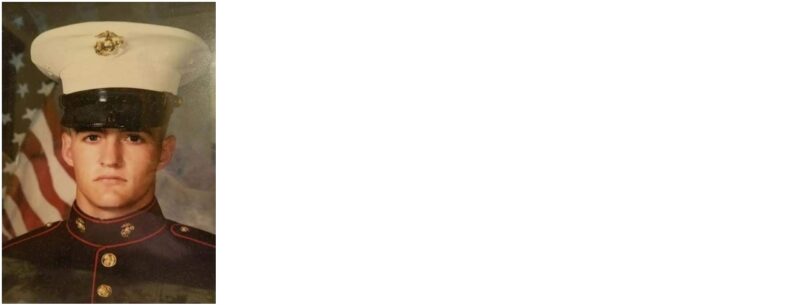In honor of the Meherrin veterans who have served our country with courage and dedication, we pay tribute to their sacrifice and commitment. These brave men and women have answered the call to defend our freedom, and we are forever grateful for their service.
The Meherrin people have a long and proud tradition of military service. From the earliest conflicts in our nation’s history to the present day, Meherrin veterans have fought bravely to protect our way of life. Whether serving in the Army, Navy, Air Force, Marines, or Coast Guard, they have upheld the highest standards of duty and honor.
As a community, we owe a debt of gratitude to these veterans and their families. They have made sacrifices that most of us can only imagine, enduring long periods of separation from loved ones and facing the dangers of combat. Yet through it all, they have shown resilience, perseverance, and an unwavering commitment to the cause of freedom.
We honor the memory of those who have made the ultimate sacrifice in defense of our nation, and we stand with the veterans who have returned home. We pledge to support them in every way possible, recognizing that their service to our country is not just a chapter in their lives, but a part of who they are.
On this day, and every day, we honor the Meherrin veterans who have served our country with distinction. We offer our thanks and our respect, and we vow to never forget their sacrifice and their service.
The French and Indian War (1754 – 1763)
In 1757, Meherrin soldiers responded to a call from Colonel Washington to take up the hatchet and fight in the French and Indian Wars. They were going to fight as Indians.
The President… gave an Audience to King Blunt and thirty three Tuscaroroes, seven Meherrins, two Saponies and thirteen Nottoways [they] said what the Colonel had writ was very agreeable to them, and they had heartily accepted the Invitation, all they wanted was to be assisted with Arms, Ammunition, Cloathing, and Paint – they had buried deep under Ground their Guns, Tommahawks, and Hatchets; but exasperated and inflamed by the shocking cruelties exercised on their Brethren by the French and their base Indians, they had now concured in raising up their Arms determined not to lay them down till they had vanquished their barbarous Enemies, or proved their Fidelity by dying in the Attempt…
(Mcllwaine, Vol. VI:34, 38-39. April 4, 1757).
The American Revolution (1775 – 1783)
In 1775, when the Revolutionary War began, more than 250,000 Native Americans lived east of the Mississippi River. They formed more than 80 nations and spoke dozens of languages and dialects. As fighting between British and Revolutionary forces increased in 1776, both sides called on American Indians for support.
The stakes for Native Americans were high as they worried about how to best preserve their independence and land in the midst of a war. Various Native communities and nations chose different strategies. Some tried to remain neutral, others actively sided with the British, and a smaller number allied with the Revolutionaries. In doing so, they all hoped to protect their homelands and ways of life.
The War of 1812 (1812 – 1815)
In the 32-month conflict between the United States, the United Kingdom, Ireland and Indian Allies, many tribes fought as allies for either side. Some estimates count as high as 10,000 or more Indians participated in the conflict.
United States Civil War (1861 – 1865)
In 1862 Home guard Regiments were organized and were expedited to Indian Territories. Statistics show fewer than 3,600 Native Americans served in the Union Army during the Civil War.
World War I (1917 – 1918 – American involvement only)
In World War I Native Americans were not even yet considered U.S. Citizens yet well over 12,000 Native people enlisted to serve in the U.S. Military.
World War II (1941 – 1945 – American involvement only)
Over 44,000 Native Americans served in WWII between 1941 and 1945. In 1942, 99 percent of all eligible Indian healthy males from ages 21 to 44 had registered for the draft. In the Summer of that same year, 7,500 had enlisted. By the beginning of 1945, 22,000 had enlisted. By the end of WWII, 24,521 reservation Indians and another 20,000 off-reservation Indians had served in the military effort – or 10 percent of the American Indian population.
The Korean War (1950 – 1953)
U.S. military records fail to completely account for American Indian and Alaska Native enlistment during the Korean conflict. Experts agree that about 10,000 Indians served and three of them were awarded the Medal of Honor.
The Vietnam War (1956-1975)
Approximately 42,000 American Indians—one of four eligible Native people compared to about one of twelve non-Natives—served in the armed forces during the war in Vietnam (1964–1975). Many were drafted, but a large number volunteered, often citing family and tribal traditions of service as a reason.
Second Persian Gulf War “Operation Desert Storm” (1991)
“Desert Fox” Campaign (part of U.S./Iraq Conflict) (December, 1998)
Third Persian Gulf War “Operation Iraqi Freedom” (March 19, 2003 – 2011)
During the Gulf Wars, according to the DOD’s July 2005 report, more than 3,000 American Indians served in the Gulf Region and as of that time 24,000 active duty service members out of 1.4 million active duty are American Indians.
Veterans Wall of Honor


 .
.
